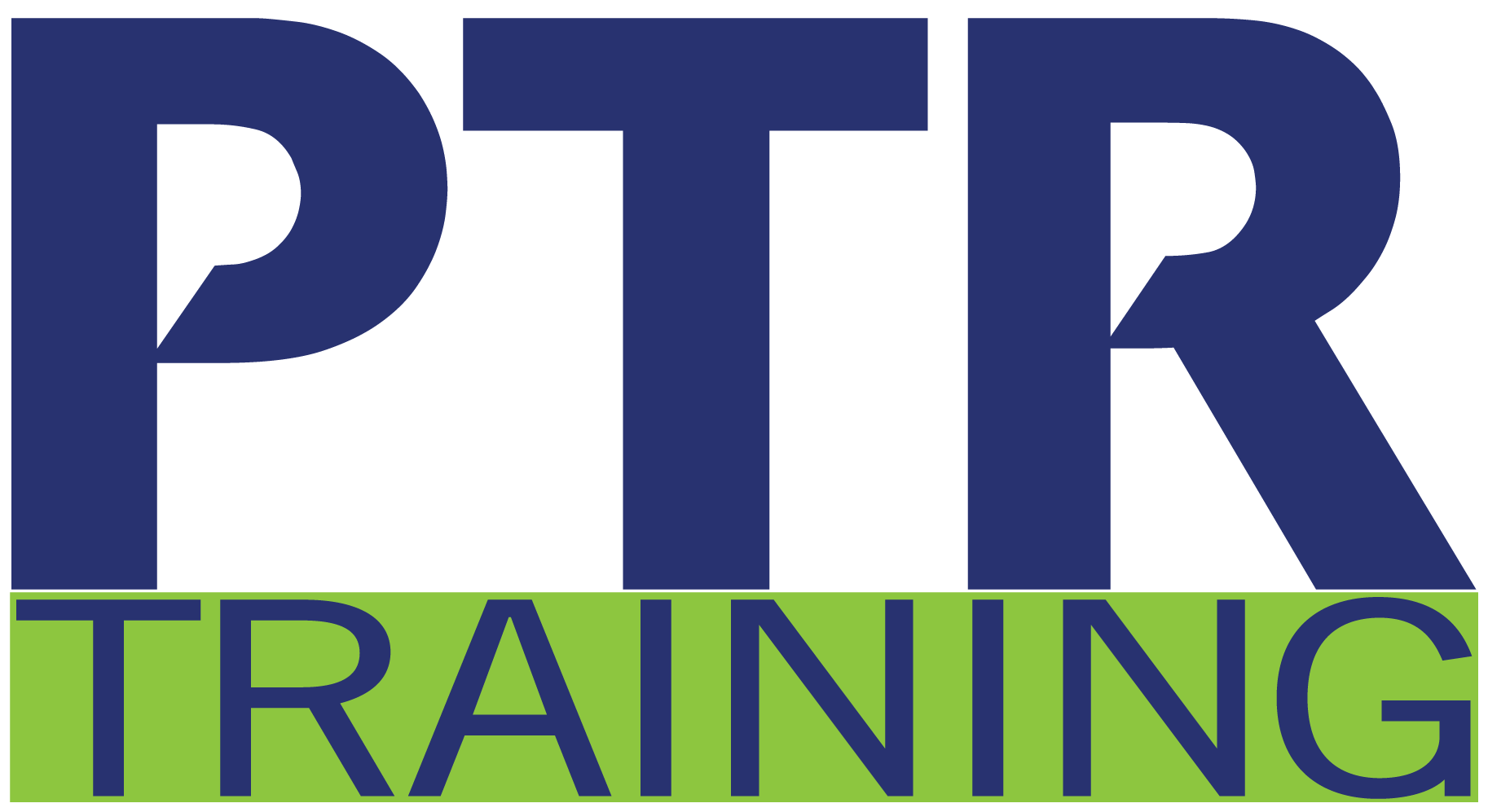The month of May is Global Employee Health and Fitness Awareness, an effort to recognize and invest in employee well-being.
May marks Global Employee Health and Fitness Month (GEHFM), an international initiative celebrating workplace health and fitness. Investing in employee well-being benefits both individuals and the organization. One effective approach is implementing a comprehensive well-being program that addresses various aspects of health and wellness.
Resources like the book “Wellbeing: The Five Essential Elements” offer valuable insights into considerations for such programs, encompassing:
Career: Finding purpose and satisfaction in work.
Financial: Managing finances to reduce stress and enhance security.
Social: Cultivating supportive relationships.
Physical: Maintaining good health and energy levels.
Community: Feeling connected, safe, and proud of one's community.
Assessing Workplace Culture
Workplace culture significantly influences organizational well-being, encompassing beliefs, behaviors, and values. Assessing current culture and leadership's alignment with desired ideals is crucial. Key considerations include resource allocation for employee health and safety, overall morale, relationships between leadership and employees, and awareness of employee satisfaction.
Cultural Transformation
Creating a well-being plan requires collective effort and a commitment to cultural transformation. Effective implementation involves clear and consistent communication tailored to diverse audiences, utilizing appropriate delivery methods. Emphasizing inclusivity ensures all employees feel valued and able to contribute to the program's success. Recognizing that cultural shifts take time, the process should remain flexible to evolving well-being needs.


